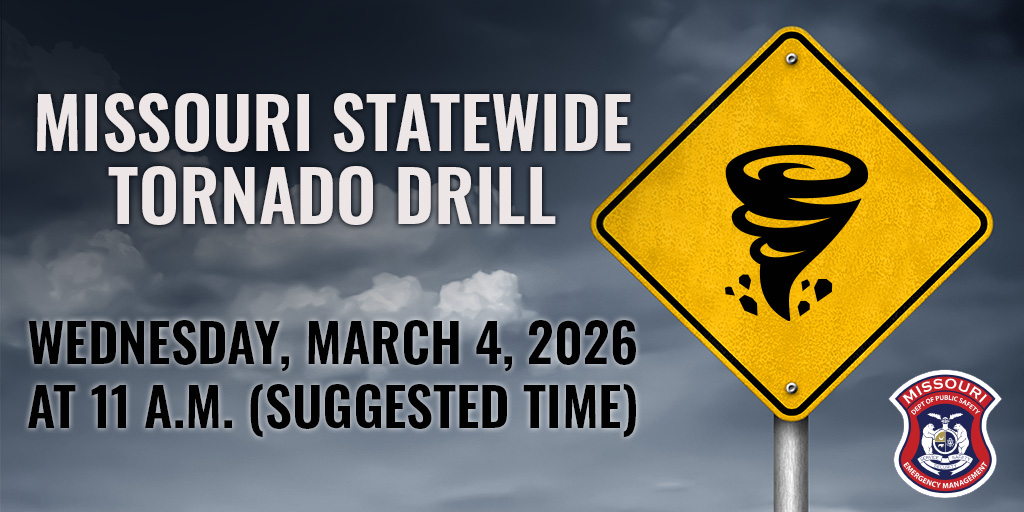
What is StormAware?
Being StormAware means that you and your family not only know how to protect yourselves in the event of a tornado or severe weather, but that you are aware whenever the weather forecast calls for a chance of severe storms; that during those times you monitor weather for severe weather watches and warnings.
It means that you have planned in advance where you will take shelter at home, work and at other places that you and your family regularly visit.
Being StormAware means you have a NOAA weather radio in case of severe weather warnings in the middle of the night and that you have signed up for severe weather alerts by text message or other means.
Basic Tips
Don’t wait for severe weather to arrive to start thinking about keeping yourself and your family safe. Being StormAware means having a plan before severe weather strikes. The following tips can help you create a tornado-safety plan.
Quick Tornado Facts
Parents should make sure their children know:
- What a tornado is
- What tornado watches and warnings are
- What county they live in (warnings are issued by county)
- How to take shelter, whether at home or at school
- Create a plan for where you and your family will go in the event of a tornado — at home, at work and at relatives’ or friends’ homes that you visit frequently. Always be alert to changing weather conditions.
- Pick a safe room in your home where household members and pets may gather during a tornado. This should be a basement, storm cellar or an interior room on the lowest floor with no windows.
- Listen to NOAA Weather Radio or to commercial radio or television newscasts for the latest information.
- Check with your work and your children’s school and day care center regarding tornado emergency plans. Every building has different safe places. It is important to know where they are and how to get there in an emergency.
- Make sure everyone understands how tornado siren warning systems work and if a warning system is installed in your area.
- Mark clearly where your first-aid kit and fire extinguishers are located. Make sure the first-aid kit is properly stocked with medical supplies.
- Teach your family how to administer basic first aid, how to use a fire extinguisher, and how and when to turn off water, gas, and electricity in your home.
- Mark clearly where the utility switches or valves are located so they can be turned off – if time permits – in an emergency.
- Learn the emergency dismissal policy for your child’s school.
Emergency Kit
Keep the following items in a container that can be easily carried.
- Water and canned or dried food – families should set aside one gallon of water per person per day, to last three days, and a three-day supply of food per person. The food should be nonperishable items that don’t need to be cooked, such as tuna and crackers. Remember to include a manual can opener. If there’s an infant in the house, include formula and baby food.
- Battery powered radio
- Flashlight
- Extra batteries for the radio and flashlight
- Prescription medications
- First-aid kit
Storing Important Documents
Store the following documents in a fire- and water-proof safe:
- Birth certificates
- Ownership certificates (autos, boats, etc.)
- Social security cards
- Insurance policies
- Will
- Household inventory:
1. List of contents of household; include serial numbers, if applicable
2. Photographs or videotape of contents of every room
3. Photographs of items of high values, such as jewelry, paintings, collection items
